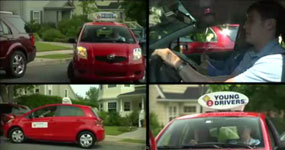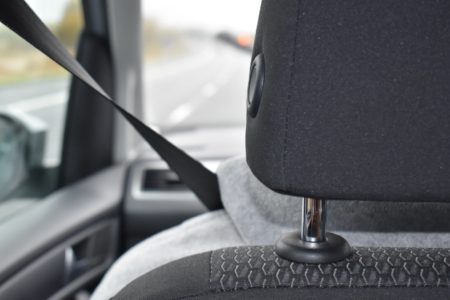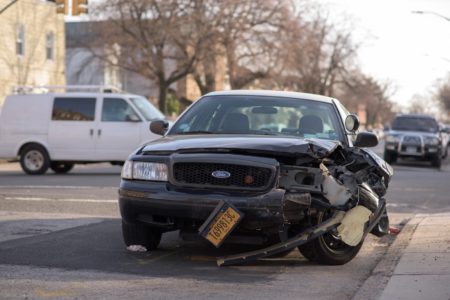How to Choose the Right Driving School
Teens can learn to drive by enrolling in a driving school. The “3 Keys to Keeping Your Teen Alive” Program encourages teens to learn to drive with a professional instructor. But parents are also needed to reinforce the lessons through structured practice sessions with their teens.
One driving school is not the same as the next. There are 2 basic types:
- Schools that primarily train drivers in how to drive a car so they can pass the driver’s test and get their license.
- Schools that provide new drivers with the basic skills in how to drive a car so they’ll become safe, responsible drivers. These schools encourage parents to reinforce the lessons through structured practice sessions with their teens.
This fact is clear from an article that appeared in my local newspaper recently about driving schools that are ferrying teens 3 to 4 hours from the city to rural DMV offices to take their road tests. They do it because there’s less traffic there so the road test is easier and teens are far more likely to pass on their first try.
The problem with this approach is, of course, that these new drivers will not be driving on rural roads with very little traffic. They’ll be driving on complex city streets with plenty of noise and multiple lanes of speeding cars. Passing the rural test will give them increased confidence in their driving skills even though those skills aren’t adequate to keep them safe on the roads they’ll actually be driving. The result could be disastrous.
And driving schools may not be as regulated as your local restaurants. At least those restaurants have signs in the window that tell you how they did in their latest review by the Board of Health. There’s no such thing for many driving schools. Even if the schools were reviewed, it’s near impossible for parents to find out how they fared.
And – considering the important job they do, you’d think there would be strict standards that apply to all driving schools, but there aren’t. Some schools operate within DMV guidelines, others don’t. Some don’t even ensure that their cars are road-worthy.
So – what CAN parents do to find a good driving school for their teens?
Look for a course that includes in-car segments on a closed course, like a parking lot, where teens can learn without worrying about other cars. Lauren suggests that they also learn in their own cars, if possible. (This way you have the added security of knowing the vehicle is roadworthy.)
The driving programs should also have a number of elements. AAA (the American Automobile Association) suggests that driving courses:
- Provide significant supervised in-car instruction over an extended period of time because teens take time to learn
- Have a performance-based curriculum that includes:
- Risk management skills
- Decision-making skills
- Visual training
- Nighttime driving
- Involve parents/guardians and encourage collaboration between them and instructors
- Use a multi-media approach that includes computer-based methods, simulations, demonstrations, and gaming
- Provide consistent, appropriate messages
- Deliver their program at an affordable cost
Guidelines for Choosing a Driving School
- Check out the school:
- How long have they been in operation?
- What is their BBB (Better Business Bureau) rating?
- What do their facilities look like?
- If they provide cars for the teens to drive, look at the cars and see if they are in good shape. (Take someone with you who knows about cars)
- What certifications do they hold?
- Ask about the training of the instructors. What certifications do they have? (Ask to meet the instructors if possible.)
- Do they have (or use) a closed course for some of the lessons?
- Do they teach in-car and in the classroom? (How many hours of each?)
- Do they provide cars or allow teens to drive their own vehicles?
- Have they surveyed past students to determine the effectiveness of their program?
- Do they use computers in their program?
- How many students do they have in a class?
- What is the student-to-instructor ratio?
- Is the school recognized by your insurance company? (Will they provide a discount on insurance when your teen passes the course?)
- If you need more information to make a good decision, ask if you can sit in on part of a class.
Cost
Of course, cost is a factor in choosing the right course, but don’t let it be the determining factor. Keep in mind that good courses will provide you with an insurance discount, which will offset part of the expense. (And avoiding one crash is worth the investment – especially if there would have been injuries!)
Also know that the least expensive schools often keep their prices low by having very large classes and providing very little in-car training. They are not a good investment.





